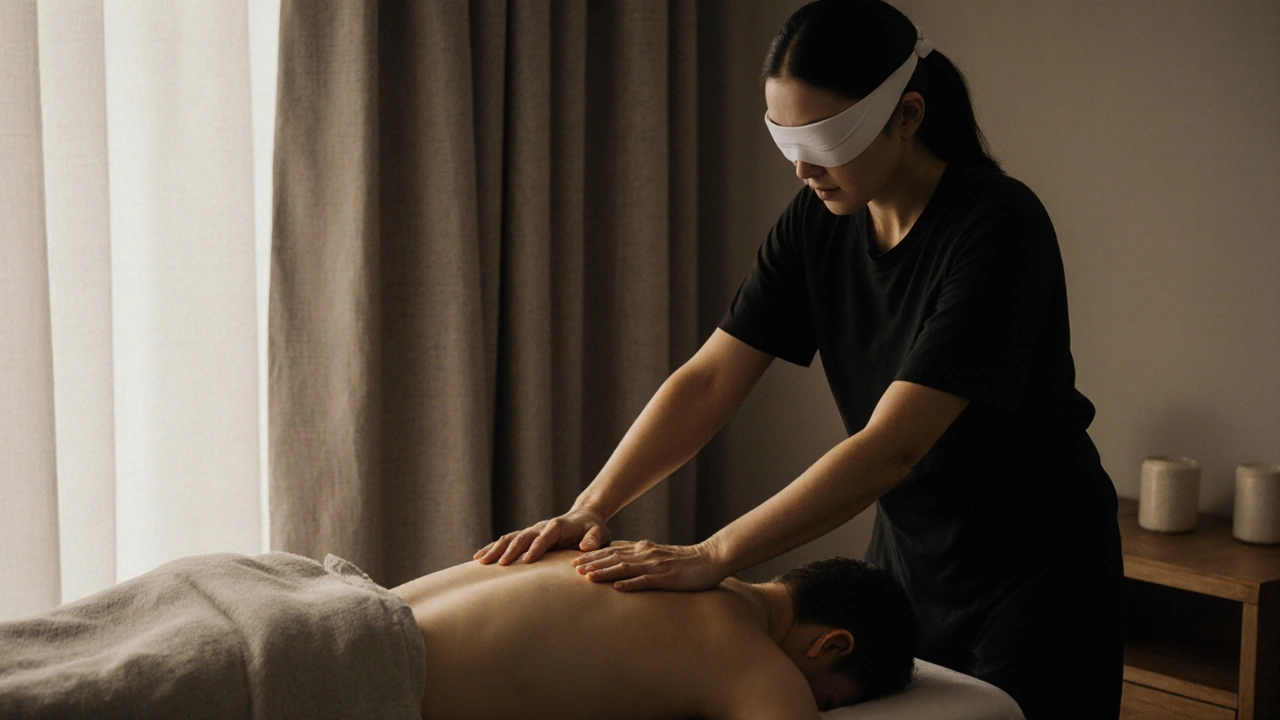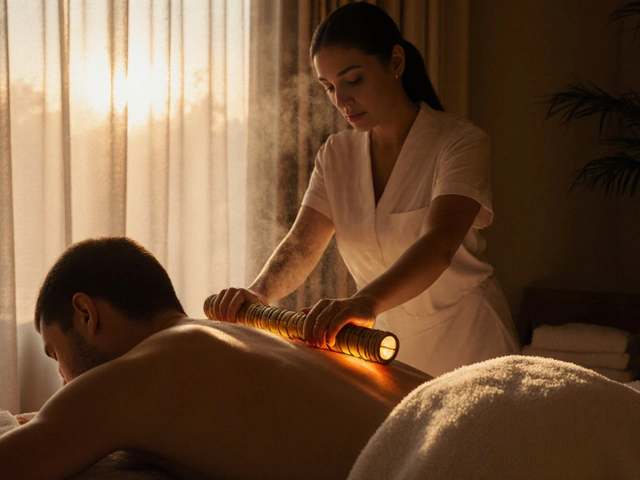Alternative Therapies: Practical Guide for Massage, Pain Relief & Wellness
Want real relief without jumping straight to drugs or surgery? Alternative therapies cover a lot of ground—from hands-on bodywork to energy-based practices. This page helps you figure out which methods match common problems like back pain, stress, posture issues, or slow recovery after workouts.
Popular Alternatives and When to Try Them
Trigger point massage targets tight knots that cause sharp, local pain and limited movement. If you sit all day or have a recurring knot in your shoulder, this works fast. Acupressure uses finger pressure on points to ease headaches, stress, and some types of pain; it’s simple to try at home and great for quick self-care.
Hilot and Lomi Lomi are traditional, rhythmic massages that blend relaxation with cultural techniques—good when you want deep relaxation plus gentle mobilization. Amma massage focuses on recovery and can speed up muscle repair after training or deal with chronic back tension. Stone therapy and warm stone massage are excellent for cold-weather blues and tight muscles because heat relaxes tissue and improves sleep for many people.
For posture and deeper structural change, consider Hellerwork, Rolfing, or structural integration—these aim to realign your body over multiple sessions. Feldenkrais and bioenergetics teach movement and habits that reduce pain long term; they’re less about one-off fixes and more about changing how you move every day.
Ortho-Bionomy and polarity therapy use very gentle moves to reset the body’s patterns—good when aggressive treatments make pain worse. Blind massage highlights how highly trained touch can be more accurate and sensitive; palliative massage focuses on comfort and emotional relief for serious illness. For cosmetic trends, snail facial massage is gaining buzz for skin hydration and circulation, but check ingredients if you have sensitive skin.
How to Choose a Therapist and Stay Safe
Start by matching the method to your goal: pain relief, relaxation, posture, or recovery. Check training and certifications, read recent client reviews, and ask what a typical session feels like. Tell the therapist about medical conditions, medications, or recent surgeries. If a technique sounds painful or promises instant cures, ask for a clear explanation and an alternative approach.
Try a short session first and watch how your body reacts over 48 hours. Mild soreness is normal after deep work; sharp or worsening pain means stop and see a doctor. Costs and session length vary—some therapies need multiple sessions to show real change, especially for posture or chronic pain.
If you want more detail on any method, we have full articles—like Hellerwork for posture, Ortho-Bionomy for chronic pain, and acupressure tips you can use at home. Pick one area to focus on, try it consistently, and measure how you feel after a few sessions. Small, steady steps beat trying every therapy at once.

Blind Massage: The Rising Trend in Holistic Healing You Need to Know
Blind massage is an emerging holistic healing practice where visually impaired therapists use heightened touch sensitivity to relieve pain, reduce stress, and promote deep relaxation. More effective than traditional massage for chronic conditions, it’s gaining clinical recognition and insurance coverage.

Hilot Massage: Unlocking the Healing Secrets of Filipino Therapeutic Massage
Explore the world of hilot, the Filipino art of therapeutic massage. Learn the origins, techniques, health benefits, and cultural importance of this time-honored practice.
Categories
- Health and Wellness (148)
- Alternative Therapies (86)
- Massage Therapy (40)
- Travel and Culture (15)
- Beauty and Skincare (9)
- Holistic Health (8)
- Health and Fitness (5)
- Spirituality (5)
- Other (2)
- Personal Development (2)
Popular Articles



